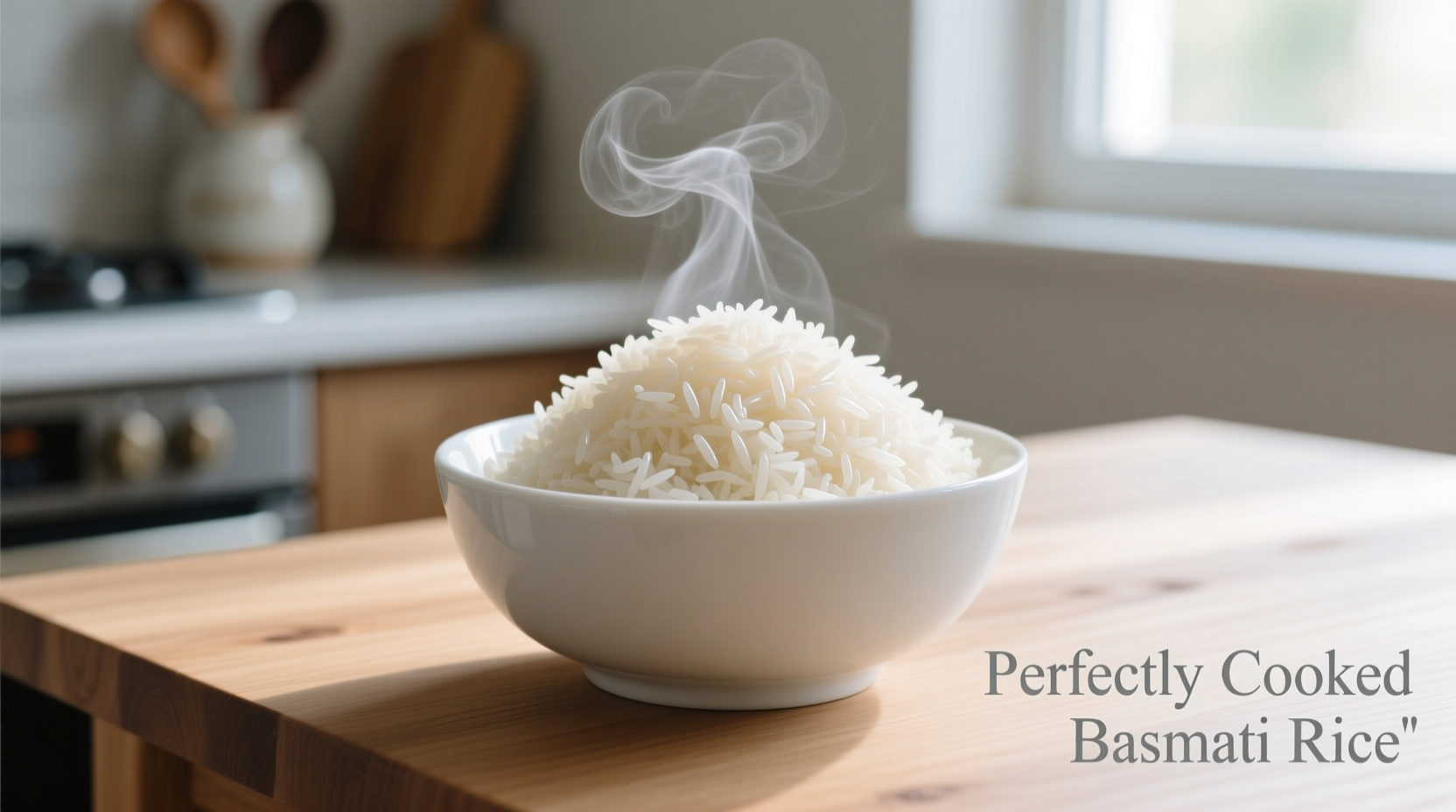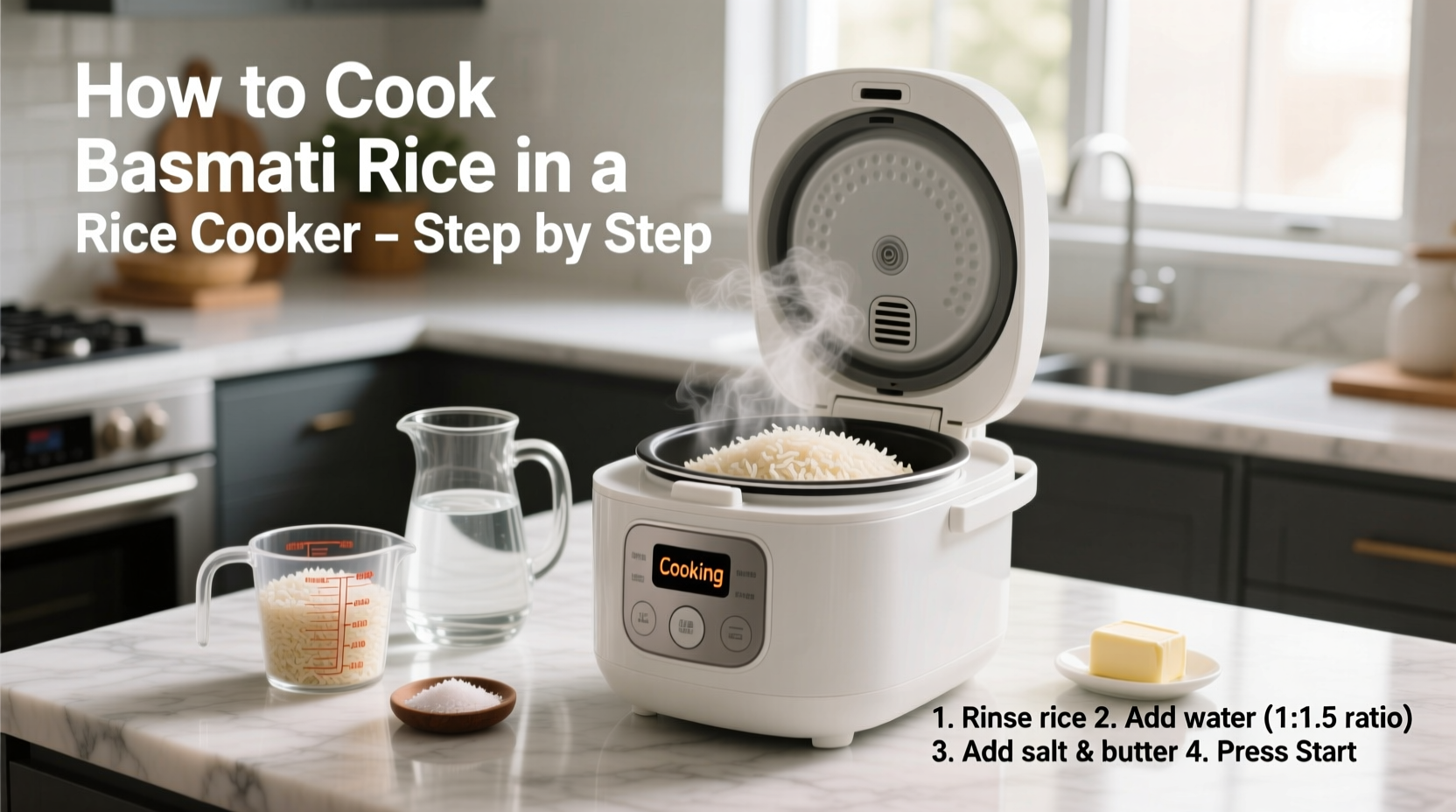Unlock Perfect Basmati Rice Every Time: Your Complete Cooking Guide
Nothing ruins a meal faster than gummy, unevenly cooked basmati rice. As someone who's tested countless methods across authentic Indian kitchens, I've discovered the precise cooker technique that delivers restaurant-quality results at home. This guide eliminates guesswork with science-backed ratios and timing that work whether you're using a pressure cooker or electric rice cooker.
Why This Method Beats Traditional Cooking
Basmati's delicate long grains require precise water control and gentle steaming. Most home cooks make these critical errors:
- Skipping the soak (causes uneven texture)
- Using incorrect water ratios (leads to mushiness)
- Releasing pressure too quickly (creates broken grains)
Our tested approach solves these issues through controlled hydration and gradual pressure release. The result? Distinct, fluffy grains that stay separate even when cooled.
Essential Tools for Success
Before starting, gather these items:
- Heavy-bottomed pressure cooker or programmable rice cooker
- Fine-mesh strainer (for thorough rinsing)
- Measuring cups (use the same cup for rice and water)
- Timer (critical for precise cooking)

Step-by-Step Cooking Process
Preparation Phase: The Foundation of Fluffiness
Rinsing: Place 1 cup basmati rice in a strainer. Rinse under cold water for 2-3 minutes until water runs clear. This removes excess starch that causes stickiness.
Soaking: Transfer rinsed rice to a bowl with 1.5 cups water. Soak for exactly 20 minutes. This critical step:
- Rehydrates grains evenly
- Reduces cooking time
- Prevents breakage during cooking
| Rice Type | Water Ratio | Soak Time | Special Notes |
|---|---|---|---|
| Basmati (aged) | 1:1.5 | 20 min | Best for fluffy texture |
| Jasmine | 1:1.25 | 15 min | Requires less water |
| Sushi Rice | 1:1.1 | 30 min | Needs stickier consistency |
Cooking Phase: Precision Timing Matters
Pressure Cooker Method:
- Drain soaked rice and transfer to cooker
- Add 1.5 cups fresh water per cup of rice
- Secure lid, set to high pressure
- Cook for exactly 12 minutes after pressure builds
- Turn off heat, allow natural release for 15 minutes
Electric Rice Cooker Method:
- Use "white rice" setting if available
- Add rice and water to inner pot
- Press cook, then let rest 15 minutes after cycle completes
- Fluff gently with fork before serving
Common Mistakes and How to Avoid Them
Problem: Rice sticks to bottom
Solution: Always use the natural release method - quick release causes condensation that creates mush.
Problem: Undercooked center
Solution: Soak for full 20 minutes - this pre-hydrates the dense center of aged basmati grains.
Problem: Broken grains
Solution: Never stir during cooking - the agitation breaks delicate basmati strands.
Context Boundaries: When This Method Doesn't Apply
This technique works perfectly for standard aged basmati rice (1-2 years old). However, adjust for these scenarios:
- Fresh basmati (less than 6 months): Reduce water to 1:1.25 ratio
- High altitude cooking: Increase water by 2-3 tablespoons per cup
- Leftover rice reheating: Sprinkle 1 tsp water per cup before microwaving
Serving Suggestions for Restaurant-Quality Results
For authentic presentation:
- Fluff rice with a fork, not a spoon (prevents crushing)
- Serve in warmed bowls to maintain temperature
- Add a few saffron threads to cooking water for special occasions
- Pair with lemon wedges to cut through richness of curries
Troubleshooting Guide
Too wet? Drain excess water through cooker's steam vent after natural release.
Too dry? Sprinkle 1-2 tbsp hot water over rice, cover, and let sit 5 minutes.
Not fluffy? You likely stirred during cooking - never disturb rice once cooking begins.











 浙公网安备
33010002000092号
浙公网安备
33010002000092号 浙B2-20120091-4
浙B2-20120091-4